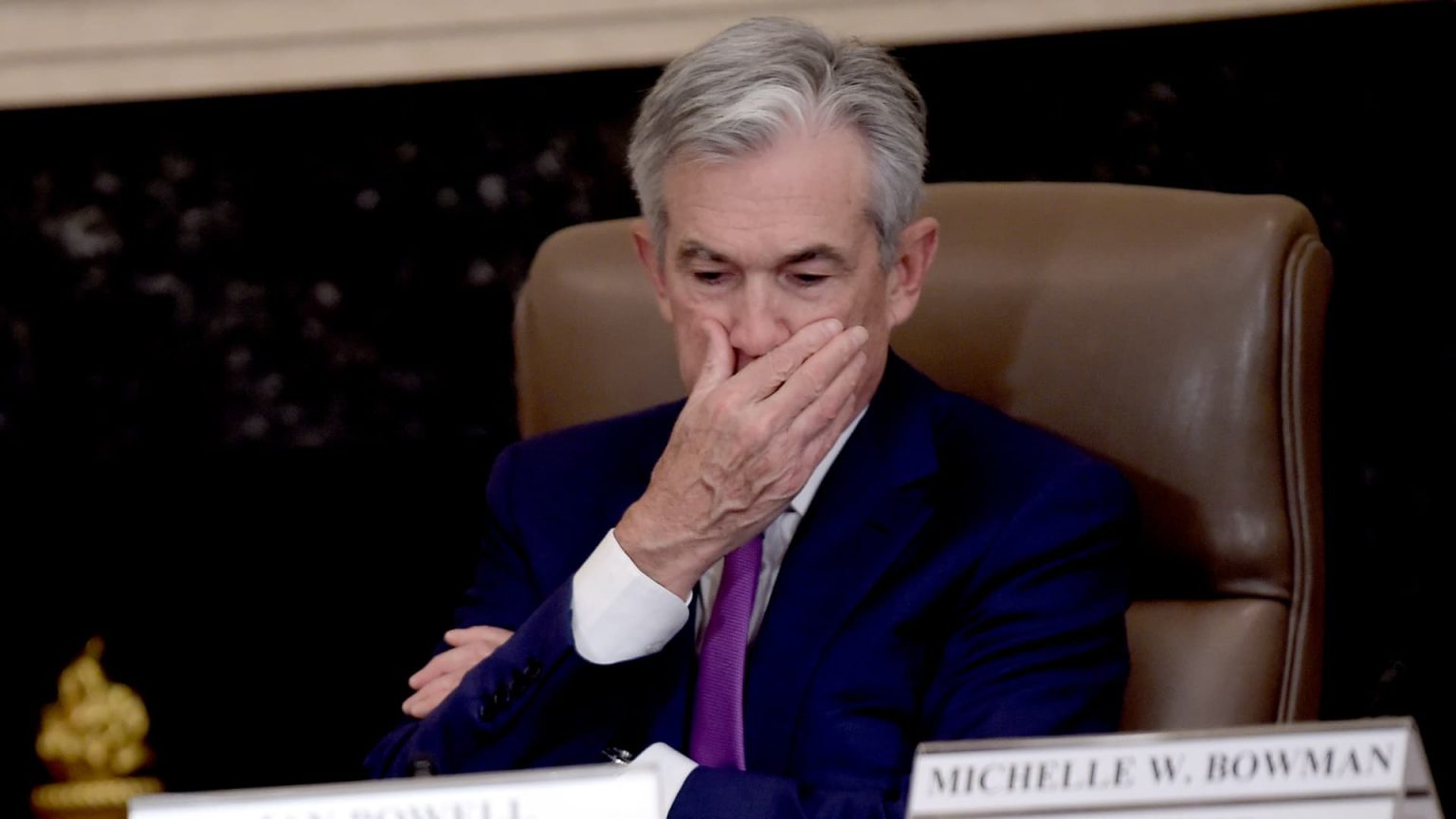The consumer price index reading that was higher than expected on Wednesday has sparked market concerns, particularly regarding the supercore inflation reading within the data. This specific measure, which excludes shelter and rent costs from its services reading, reached a 4.8% pace year-over-year in March, the highest in 11 months. Economists are closely monitoring the supercore inflation rate, which, if annualized based on recent data, is well above the Federal Reserve’s 2% target. Analysts like Tom Fitzpatrick of R.J. O’Brien & Associates believe that the Fed may be struggling in the current situation, as housing inflation is seen as a temporary problem that may not accurately reflect underlying prices.
The overall consumer price index increased by 3.5% year-over-year last month, surpassing expectations and causing market reactions. Equities were pressured, Treasury yields rose, and futures market traders are now anticipating the Fed’s first rate cut in September instead of June. Some economists, like Stephen Stanley of Santander U.S., believe that sustained inflation at the 2% target may not be achieved without a cooling in services prices, a trend that has not been observed yet. Wall Street has been monitoring the rise in supercore inflation since the beginning of the year, which has dampened initial optimism about the Fed’s success in controlling inflation.
The Federal Reserve faces difficulties due to a unique macroeconomic backdrop characterized by demand-driven inflation and stimulus payments that have fueled discretionary spending and inflation levels. Stubborn components of services inflation, such as car and housing insurance and property taxes, complicate the situation further. The fear of a repeat of high inflation levels in previous years has made policy decisions challenging for the Fed, according to Tom Fitzpatrick. Consumer savings rates are dwindling, while borrowing costs are increasing, making it harder for the central bank to implement restrictive monetary policy effectively.
The persistence of elevated inflation levels adds to the Fed’s challenges in deciding on future rate hikes. The stickier nature of current inflation drivers suggests that further rate hikes may not be as effective in curbing inflation. While economist Stephen Stanley believes that the Fed is not likely to hike rates in the near future, the possibility remains if inflation remains above the target of 2%. The potential for entrenched inflation raises questions about when rate hikes may be reconsidered. The complex economic landscape, driven by varying factors and inflationary pressures, presents a challenging scenario for the Federal Reserve as it navigates towards its inflation targets.


